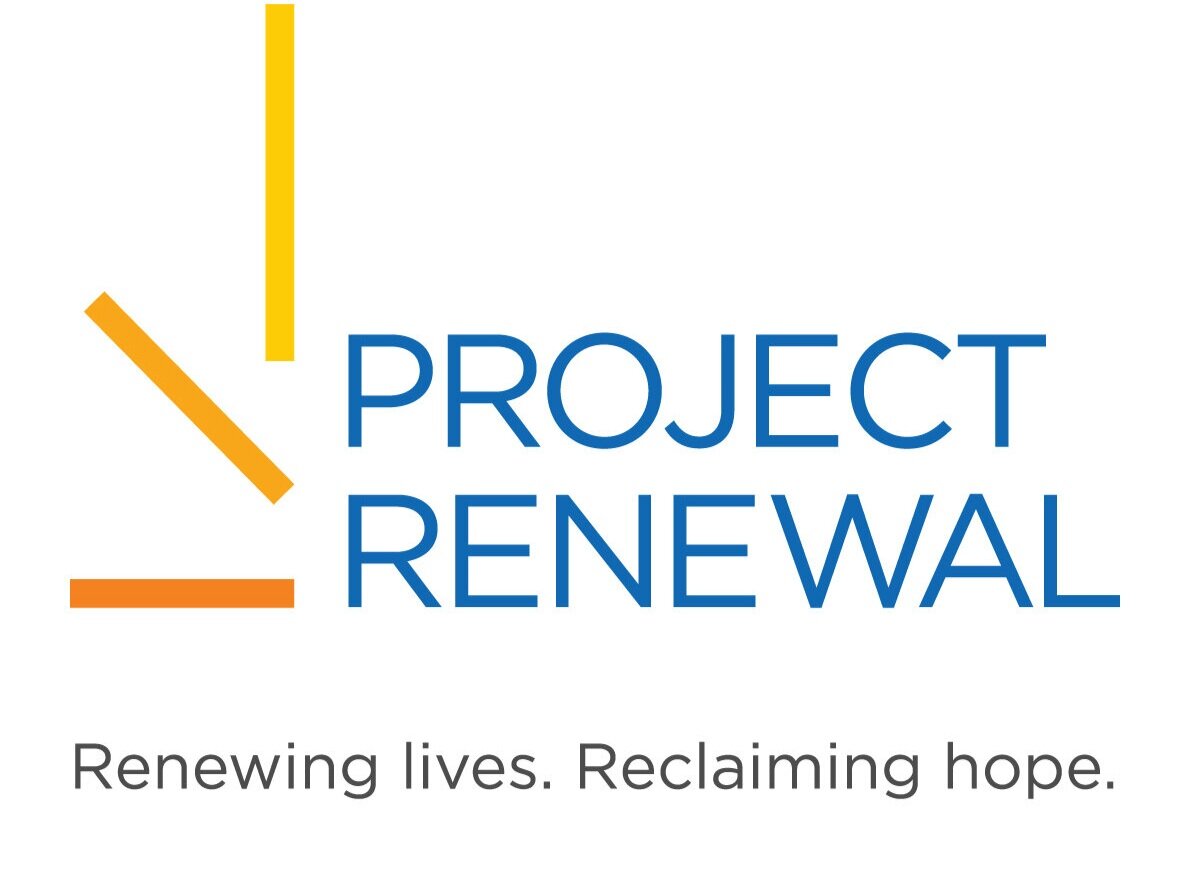- Housing First emerged because early interventions—focused on services—weren’t seeing results. by the mid-1990s, there were over 40,000 programs addressing homelessness; very few of them focused on housing.
- Housing First says something that is fairly intuitive—that people do better when they are stabilized in housing as soon as possible. Unstable housing impedes the effectiveness of interventions to address people’s problems. Homeless people themselves recognize this and generally identify housing to be their first priority.
- It’s a 3-Step Process:1) Crisis resolution and assessment to address immediate problems and then identify housing needs. 2) Housing placement, including strategies to deal with bad tenant and credit histories, identify units, negotiate with landlords, and access rent subsidies. 3) Service connections to provide housed people with services, or connect them to services in the community.
- It works most effectively for those who are chronically homeless. Chronically homeless people are those who spend years—sometimes decades—homeless. Most also have disabilities like severe mental illness and substance use disorders. Destitute, disabled, and with no place to live, they interact frequently with expensive publicly-funded systems such as jails, emergency rooms, and hospitals. Housing First can save public money as people reduce their use of these acute care systems.
- Rapid rehousing is another name for a Housing First intervention used for families and individuals who become homeless for economic reasons. It provides rent deposits and/or a limited number of months of rent assistance. Sometimes this serves as a bridge to longer-term rental assistance (such as Section 8 or even permanent supportive housing). Rapid rehousing strategies generally address services needed by linking re-housed households to existing services in the community, although direct services are sometimes provided.
- At least among the highest need people, the cost of housing can be offset by significant savings to public systems of care. housing of high-need people may more than pay for itself in savings to publicly supported systems like emergency shelter, medical care, and law enforcement, and is a cost effective way to support children and families.
- The structure of budget-making makes implementing Housing First difficult. Spending money on housing in order to save money on health care, incarceration, and so on, is difficult in a siloed public policy environment with annual appropriations. Savings in one silo (say, health care) do not necessarily accrue to another silo (say, housing). Those responsible for public budgets are not always persuaded by the argument that spending in one fiscal year would result in savings in another if they cannot access those savings to offset the initial spending.
- To succeed, it needs the attention of those concerned with housing and health, not just homelessness. Housing advocates need to build new partnerships with the medical community and business leaders concerned about health care costs. These institutions are also, often, well-positioned in a community to lead or sponsor collaborative solutions, for instance pooling investments in housing and public health infrastructures. It makes sense for housing advocates to continue to build the case that housing is a cost-effective intervention that can improve outcomes in a host of other areas including health care, corrections, employment, and education.
http://www.shelterforce.org/article/2755/housing_first/




